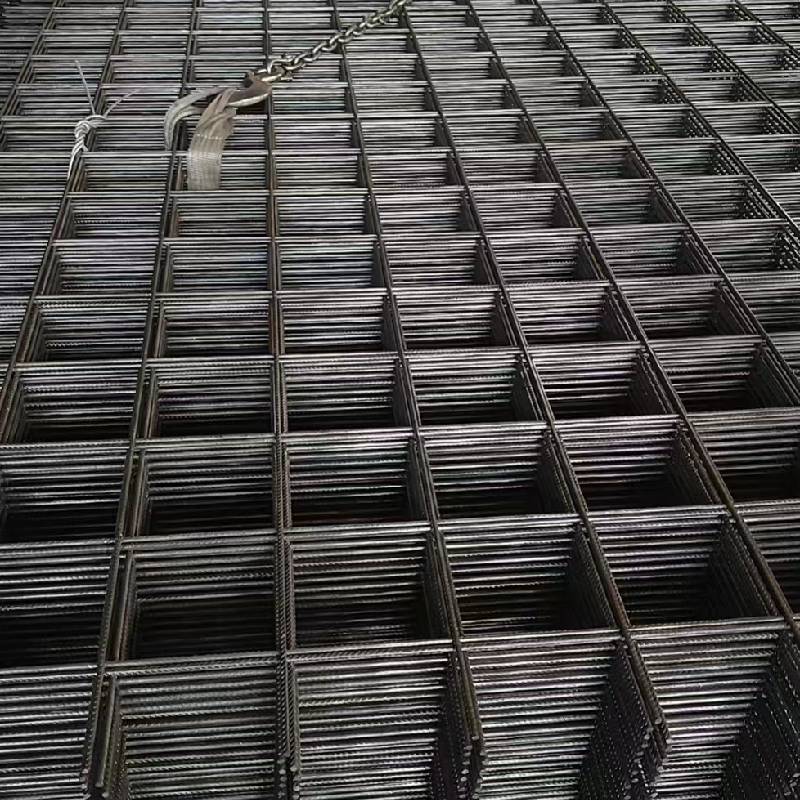
- Mobile Phone
- +8613931874955
- sales@cntcmetal.com
flexible wall ties
Understanding Flexible Wall Ties in Construction
In modern construction, ensuring the structural integrity and longevity of buildings is paramount. One often-overlooked yet essential component in masonry construction is the use of flexible wall ties. These ties play a crucial role in providing stability and support to wall structures, especially in conditions where traditional methods may fall short.
Flexible wall ties are designed to connect different structural elements, allowing for movement and flexibility while maintaining strength. Unlike rigid ties, which can transfer forces in a fixed manner, flexible wall ties accommodate thermal expansion, contraction, and other dynamic movements within a structure. This adaptability is key in environments where buildings are subject to varying temperatures, moisture levels, and even seismic activity.
One of the primary materials used in creating flexible wall ties is stainless steel, known for its durability and resistance to corrosion. This makes it suitable for various applications, including in coastal areas where exposure to saline environments can be particularly damaging. Additionally, advancements in materials science have led to the development of synthetic options that are both lightweight and strong, further enhancing the versatility of wall ties.
flexible wall ties

The installation of flexible wall ties is a critical process that requires precision and adherence to building codes. They should be evenly spaced and securely anchored to ensure optimal performance. Properly installed, these ties create a robust connection between the inner and outer walls of a structure, preventing issues such as bowing or cracking in masonry assemblies.
Furthermore, flexible wall ties play a significant role in energy efficiency. By allowing for slight movements within the structure, they help minimize the risk of thermal bridging, which can lead to heat loss. This contributes to better insulation and ultimately lowers energy costs for heating and cooling systems.
The benefits of utilizing flexible wall ties extend beyond structural integrity; they also improve the overall aesthetic and functional longevity of buildings. By preventing damage to both the interior and exterior surfaces, these ingenious connectors help maintain the visual appeal and market value of a property over time.
In conclusion, flexible wall ties are an indispensable aspect of modern masonry construction. They provide essential support and stability, accommodating the natural movements of buildings while protecting them from potential damage. As construction practices continue to evolve, the importance of materials that enhance flexibility and resilience, such as flexible wall ties, cannot be overstated. Builders and architects alike should prioritize their proper selection and installation to ensure the longevity and safety of their structures, thereby contributing to more sustainable and resilient urban environments.
share:
-
Wall Ties for Concrete: Invisible Guardians of Building Structural StabilityNewsAug.08,2025
-
Timber Frame Wall Ties: Stable Bonds for Load TransmissionNewsAug.08,2025
-
Stainless Steel Woven Wire Mesh: A versatile material from boundary protection to functional supportNewsAug.08,2025
-
Powder Coat Coil Springs: Creating peace of mind and reliability with sturdy protectionNewsAug.08,2025
-
Floor Standing Sign Holder: A Powerful Assistant for Flexible DisplayNewsAug.08,2025
-
Binding Iron Wire: An Invisible Bond for Building StabilityNewsAug.08,2025
-
Yard Sign Stakes: Reliable Guardians of Outdoor SignsNewsAug.04,2025



















